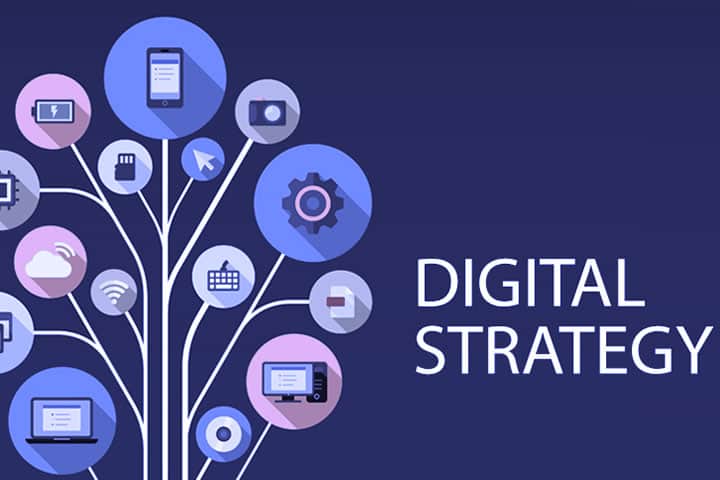If we have learned anything from this pandemic year, it is that companies can only survive if they undertake a digital strategy in their business model. Otherwise, you could see your traditional source of income eroded.
The digitization of a company goes beyond the development of a technological solution to be in the online channel. A digital strategy for companies involves the entire organization and requires working in all departments: marketing, services, product, administration, customer service.
We are aware that seeing the opportunity in a digital strategy for companies is sometimes not so easy. There are business typologies that, indeed, have a better adaptation to digital transformation and other models for which it is more difficult to visualize it.
For this reason, today we bring you 7 types of digital strategy for companies that have been developed in these months and that can serve as an inspiration to adapt them to your company.
Digital Products And Services
There are many companies that have realized that they can adapt the services they offer to the digital format. From the publication of the service itself to the payment process, everything can be online.
The same is true for products. You can offer all kinds of products on different platforms that you may not have paid attention to social networks, apps, e-commerce, marketplaces, etc.
Digital products and services have skyrocketed in recent months. A solution that also allows you to potentially scale your business since through the Internet and through an online platform you can reach many clients at the same time.
New Offer
Without a doubt, the new digital strategy for companies entails a reformulation of your business offer. When adapting your company to the online channel, you will be in a position to offer new offers for your products and services.
Personalization Of User Experience
Another of the most effective functionalities offered by the digital strategy for companies is the fact of improving the experience of your customers through personalization.
Technology allows the personalization of all types of information: email marketing, information access platforms, specific personalized products, proposals, discounts, and much more.
An example of this adaptation in the user experience can be seen in the large streaming platforms such as Netflix. In them, each user accesses a personalized catalog tailored to their interests and tastes.
Platform Development
It is undoubtedly the option most chosen by companies: the development of a platform either in web format or in-app format from which to offer products and services.
It can focus on the centralization of customer service, offer access portals to its users or to distribute its services or products online.
Many companies have developed their own platform as a complementary business model, which is an opportunity to bill more.
Business Model Transformation
The digital strategy for companies can go through transforming their business model to operate through the online channel. All change and adaptation will be aimed at survival but also at looking for new opportunities to bill more.
The digitization of a company is precisely an opportunity to take advantage of technology and direct it to optimize the business: more billing, cost savings, time savings, knowing the customer better, etc.
Digital Interactions
Maintain contact with customers through a chat or video call, offer direct push notifications to your smartphone with offers or news. These are some of the many functionalities that can be adapted from a digital strategy to improve contact with customers.
The relationship with the user or potential buyer is vital to improve the business and technology allows reaching these consumers through devices that they access every minute.
Device Reuse To Improve
Today the devices we handle have technology that allows us to improve the experience when selling a product or service. This technology can be adapted to transform and improve business at the same time.
To give an example and also a success story in Vanadis: a gym that is forced to adapt its training online is using the camera to teach the class. In addition, the technology itself can be used to control biometric parameters: pulse, calories, movement, etc. It is an example of how to reuse devices to improve user experience.

